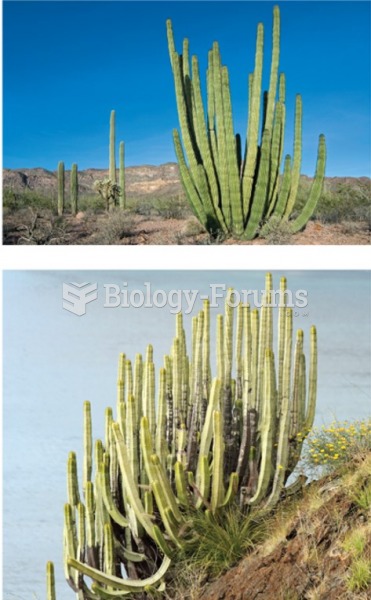Answer to Question 1
C
Answer to Question 2
Many segmentation approaches are traditional in the sense that firms have used them successfully for decades. Many of today's most successful firms use these tried-and-true approaches. Some organizations actually use more than one type of segmentation, depending on the brand, product, or market in question.
Mass Marketing-Mass marketing involves no segmentation whatsoever. Companies aim mass-marketing campaigns at the total (whole) market for a particular product. Companies that adopt mass marketing take an undifferentiated approach that assumes that all customers in the market have similar needs and wants that can be reasonably satisfied with a single marketing program. Mass marketing works best when the needs of an entire market are relatively homogeneous. Mass marketing is also advantageous in terms of production efficiency and lower marketing costs. However, the strategy is inherently risky. By offering a standard product to all customers, the organization becomes vulnerable to competitors that offer specialized products that better match customers' needs. In industries where barriers to entry are low, mass marketing runs the risk of being seen as too generic. This situation is very inviting for competitors who use more targeted approaches. Mass marketing is also very risky in global markets where even global brands like Coca-Cola must be adapted to match local tastes and customs.
Differentiated Marketing-Most firms use some form of market segmentation by (1 ) dividing the total market into groups of customers having relatively common or homogeneous needs and (2 ) attempting to develop a marketing program that appeals to one or more of these groups. Within the differentiated approach, there are two options: the multisegment approach and the market concentration approach. Firms using the multisegment approach seek to attract buyers in more than one market segment by offering a variety of products that appeal to different needs. Firms using this option can increase their share of the market by responding to the heterogeneous needs of different segments. The multisegment approach is the most widely used segmentation strategy in medium- to large-sized firms. It is extremely common in packaged goods and grocery products. Firms using the market concentration approach focus on a single market segment. These firms often find it most efficient to seek a maximum share in one segment of the market. The main advantage of market concentration is specialization because it allows the firm to focus all its resources toward understanding and serving a single segment. Specialization is also the major disadvantage of this approach. By putting all of its eggs in one basket, the firm can be vulnerable to changes in its market segment, such as economic downturns and demographic shifts.
Niche Marketing-Some companies narrow the market concentration approach even more and focus their marketing efforts on one small, well-defined market segment, or niche, that has a unique, specific set of needs. Customers in niche markets will typically pay higher prices for products that match their specialized needs. The key to successful niche marketing is to understand and meet the needs of target customers so completely that, despite the small size of the niche, the firm's substantial share makes the segment highly profitable. An attractive market niche is one that has growth and profit potential but is not so appealing that it attracts competitors.







